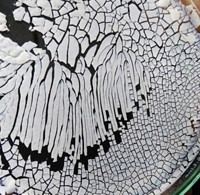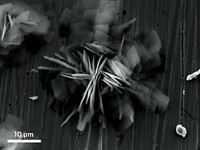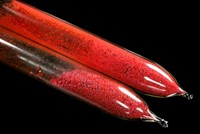Advertisement
Grab your lab coat. Let's get started
Welcome!
Welcome!
Create an account below to get 6 C&EN articles per month, receive newsletters and more - all free.
It seems this is your first time logging in online. Please enter the following information to continue.
As an ACS member you automatically get access to this site. All we need is few more details to create your reading experience.
Not you? Sign in with a different account.
Not you? Sign in with a different account.
ERROR 1
ERROR 1
ERROR 2
ERROR 2
ERROR 2
ERROR 2
ERROR 2
Password and Confirm password must match.
If you have an ACS member number, please enter it here so we can link this account to your membership. (optional)
ERROR 2
ACS values your privacy. By submitting your information, you are gaining access to C&EN and subscribing to our weekly newsletter. We use the information you provide to make your reading experience better, and we will never sell your data to third party members.
Coatings
Chemistry In Pictures
Chemistry in Pictures: Eating through iron
by Manny Morone
July 17, 2019

In nature, water can be acidified by sulfate and chloride salts, dissolved carbon dioxide, and certain types of bacteria. And acidic water can corrode metal equipment that is exposed to it for long periods of time, like in heat exchangers used to extract geothermal energy from underground fluids. Sami Khan demonstrated what corrosion looks like on this 500 nm thick layer of iron coating a silicon substrate by dropping hydrochloric acid (pH 1.5) onto it. Almost immediately, the very thin layer of iron began to crack and corrode revealing the silicon beneath it (blue under this polarizing filter). Khan, a PhD student at the Massachusetts Institute of Technology working in the lab of Kripa K. Varanasi, studies coatings that could save ferrous alloy materials, like steel, from long-term corrosion.
Submitted by Sami Khan and Kripa K. Varanasi
Do science. Take pictures. Win money. Enter our photo contest here.
Related C&EN Content:





Join the conversation
Contact the reporter
Submit a Letter to the Editor for publication
Engage with us on Twitter